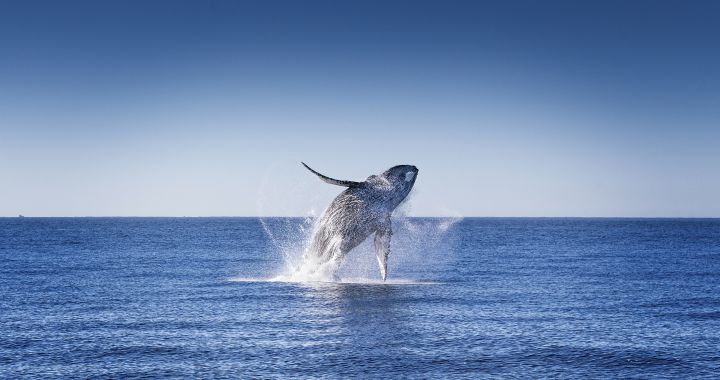The future of the planet’s oceans and the beings that inhabit them is, to date, a little brighter. The countries of the UN reached this Sunday in New York an agreement by which they undertake to protect the high seas, all those waters located beyond those considered as specific to each country, and which represent the largest habitat on the planet. A historic pact with which they undertake to save at least 30% of the oceans by 2030.
With a powerful and triumphant “the ship has reached the shore”, the person responsible for presiding over the negotiations, Rena Lee, announced the agreement between the countries. There were reasons for euphoria: commitment comes later 17 years of blockade constant, and until the last moment, it was not clear that this was going to be possible. The negotiations were long – around 38 hours – and, surely, tense.
Although the final text of the BBNJ (Biodiversity Beyond National Jurisdiction) treaty is not yet known, it is known that it establishes “requirements to assess and manage human activities that affect marine life on the high seas”, in addition to guaranteeing “transparency to improve the management of sectors such as fishing, maritime transport and other activities which have deteriorated the health of the oceans. Thus, the treaty “paves the way for humanity to finally protect marine life”, as Minna Epps, director of the Global Marine and Polar Program of the International Union for Conservation of Nature (IUCN) told EFE. ). .
Four decades of inaction
The last international agreement on the protection of the oceans was signed 40 years ago, in 1982: it was the United Nations Convention on the Law of the Sea. However, this agreement has proven insufficient, particularly on the high seas. The marine life that lives outside the protected areas covered by this agreement has been seriously threatened by the climate change, overfishing and maritime traffic. According to data from the International Union for Conservation of Nature (IUCN), nearly 10% of marine species are in danger of extinction.
One of the biggest hurdles to achieving commonality has been the distribution of marine genetic resources. It is biological material from marine plants and animals that can be used to make pharmaceuticals and food. Wealthier nations have the resources and funding to explore the depths of the ocean, but poorer ones want to ensure that the benefits they derive are shared equitably.
Although the step taken is crucial, what awaits us is not a quick process, let alone an easy one: once the treaty is ratified, which will take time and a lot of diplomatic work, there is still a long way to go before the planet’s oceans are truly protected. All in all, what happened at the UN headquarters in New York is great news to start the week.

